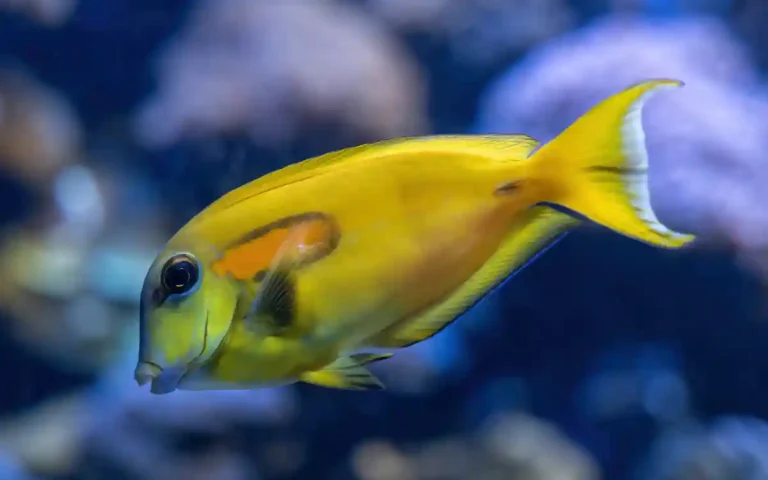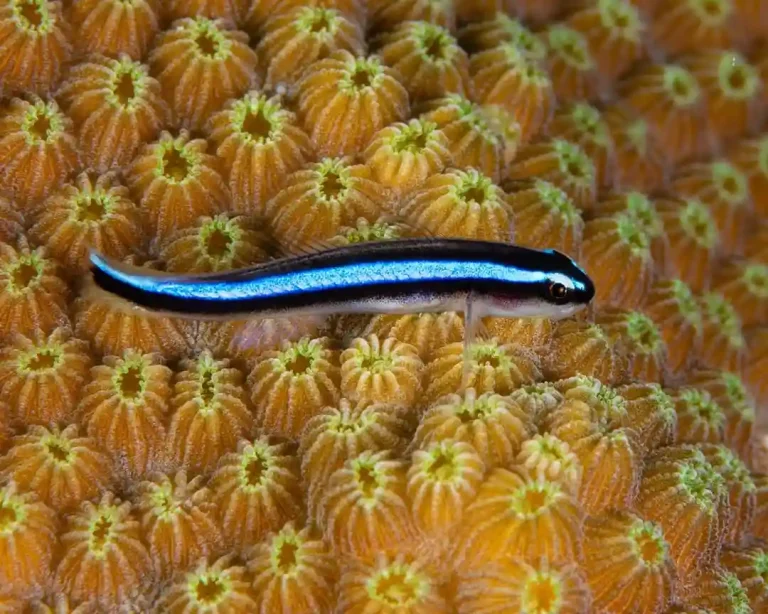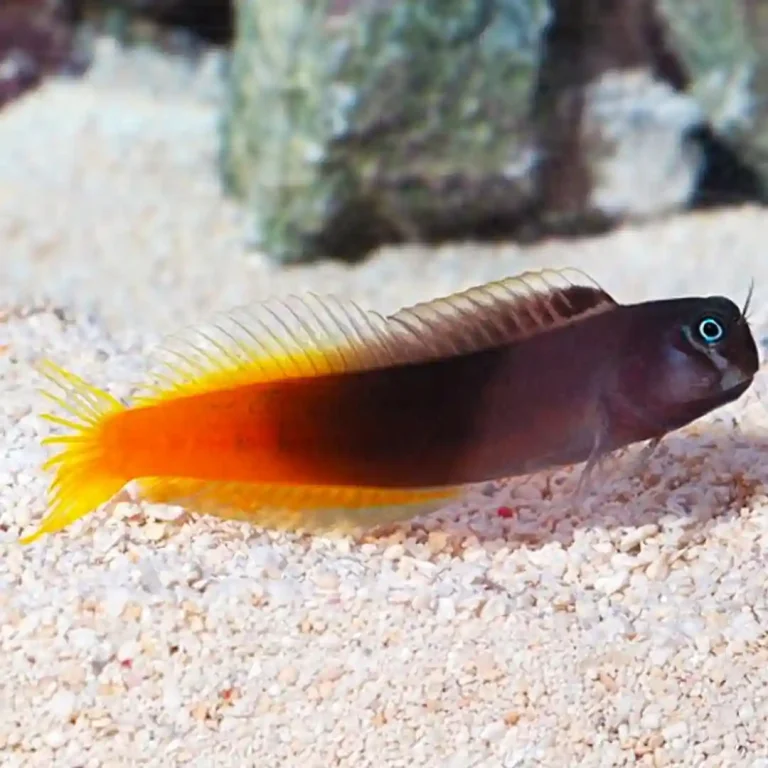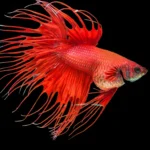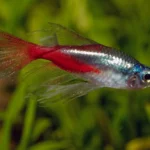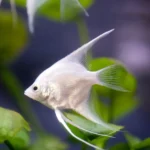If fish had Halloween costumes, the Mimic Tang (Acanthurus pyroferus) would win “Best Dressed” every single year. This gorgeous saltwater fish gets its name from its hilarious habit of impersonating angelfish when it’s young basically pretending to be someone else to avoid getting bullied. Smart move, right?
I remember the first time I saw one at a local fish store. I thought it was an angelfish until the guy laughed and said, “Nope that’s a Mimic Tang pretending to be one.” I bought it on the spot. A fish with that kind of confidence deserves a good home.
If you’re thinking about adding a Mimic Tang to your reef, you’re in for a treat. They’re beautiful, active, and packed with personality — but they also need space, good water, and a bit of understanding. Here’s your go-to guide for keeping this shape-shifting beauty happy and healthy.
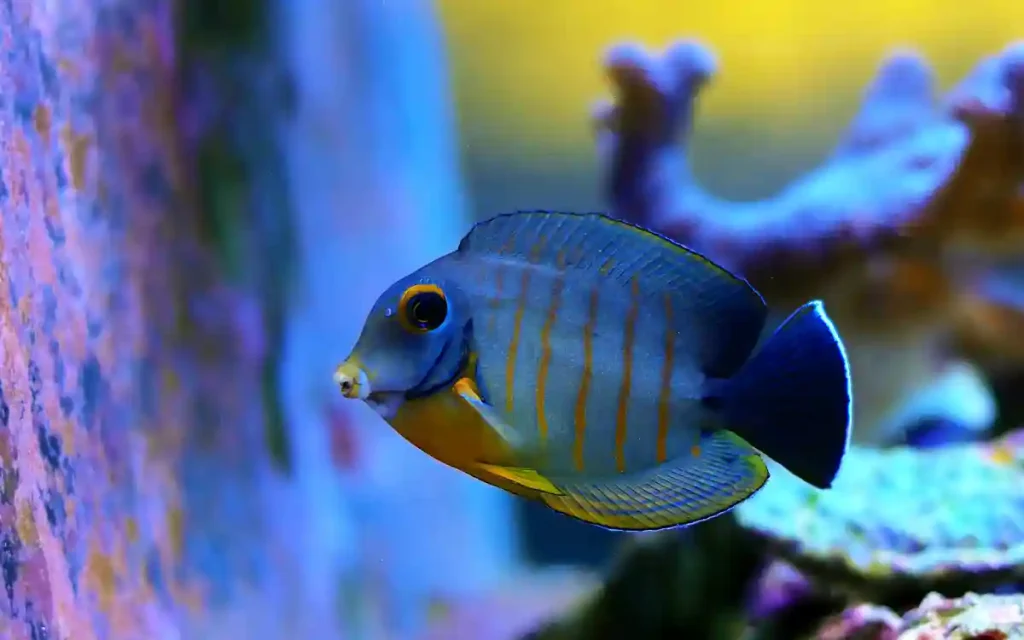
Meet the Mimic Tang
The Mimic Tang, also called the Chocolate Tang or Mimic Surgeonfish, comes from the Indo-Pacific region, where it cruises around coral reefs grazing on algae.
When young, it mimics dwarf angelfish species like the Lemonpeel Angelfish (Centropyge flavissimus) or Eibli Angelfish (Centropyge eibli) — matching their color patterns almost perfectly. As it grows up, it drops the disguise and takes on a rich brown or gray body with subtle orange and blue markings.
Quick Species Facts
- Scientific Name: Acanthurus pyroferus
- Common Names: Mimic Tang, Chocolate Tang
- Size: Up to 10 inches
- Temperament: Semi-aggressive (especially with other tangs)
- Diet: Herbivore (mostly algae)
- Reef Safe: Yes
- Lifespan: 8–10 years (sometimes more in large systems)
It’s basically an angelfish cosplayer that grows into a chill, algae-eating workhorse — but one that still likes being the center of attention.
Tank Setup: Give Your Tang Room to Roam
Let’s be real — this is not a nano-tank fish. Mimic Tangs are active swimmers and need space to stretch their fins.
Tank Size and Layout
- Minimum tank size: 125 gallons
- Aquascape: Open swimming space + caves and rockwork for grazing
- Substrate: Fine sand or crushed coral
- Tank cover: Optional, but nice to have (they rarely jump unless startled)
These fish need oxygen-rich, stable water and lots of live rock for grazing. The more natural algae growth, the better — it’s their buffet.
Water Parameters
| Parameter | Ideal Range |
| Temperature | 74–80°F |
| pH | 8.1–8.4 |
| Salinity | 1.023–1.025 |
| Ammonia/Nitrite | 0 ppm |
| Nitrate | <20 ppm |
They’re hardy once settled, but sensitive to ammonia spikes or sudden pH swings. Keep your water quality tight, and your tang will reward you with nonstop energy.
Lighting & Flow
- Lighting: Moderate to high (encourages algae growth)
- Flow: Moderate to strong (they love current and open areas)
Just don’t blast them with hurricane-level powerheads — steady flow is perfect.
Feeding Your Mimic Tang
Here’s the good news: they’re algae addicts. The bad news? If your tank is too clean, you’ll need to feed them constantly.
What They Eat
Mimic Tangs are herbivores first and foremost, but a balanced diet keeps them colorful and healthy.
Feed them:
- Dried seaweed (nori) — daily, clipped to a rock or veggie clip
- Spirulina flakes or pellets
- Blanched greens (spinach, romaine, sea lettuce)
- Frozen foods like mysis or brine shrimp (2–3 times weekly)
If your tank has plenty of natural algae, they’ll graze all day — which is exactly what you want.
Feeding Tips
- Feed small amounts twice daily.
- Rotate different algae foods to keep nutrition varied.
- Soak pellets in vitamin supplements (like Selcon) to prevent head and lateral line erosion (a common tang issue).
And FYI — if your Mimic Tang ever stops grazing, something’s wrong. Check water quality or tank stress immediately.
Temperament & Tank Mates
Mimic Tangs are generally peaceful unless another tang enters the chat. Then things can get spicy.
They’ll usually get along fine with:
- Clownfish
- Wrasses
- Blennies and gobies
- Anthias
- Chromis
- Small angels (as adults)
Avoid housing them with:
- Other Acanthurus tangs (especially similar-shaped ones like Powder Brown or Kole Tangs)
- Overly aggressive species like triggers or large wrasses
If you plan to keep multiple tangs, add them all at the same time in a large tank (180+ gallons). Territory is everything for these fish — the first one in usually claims the entire ocean.
They’re also reef-safe, so no worries about coral nipping.
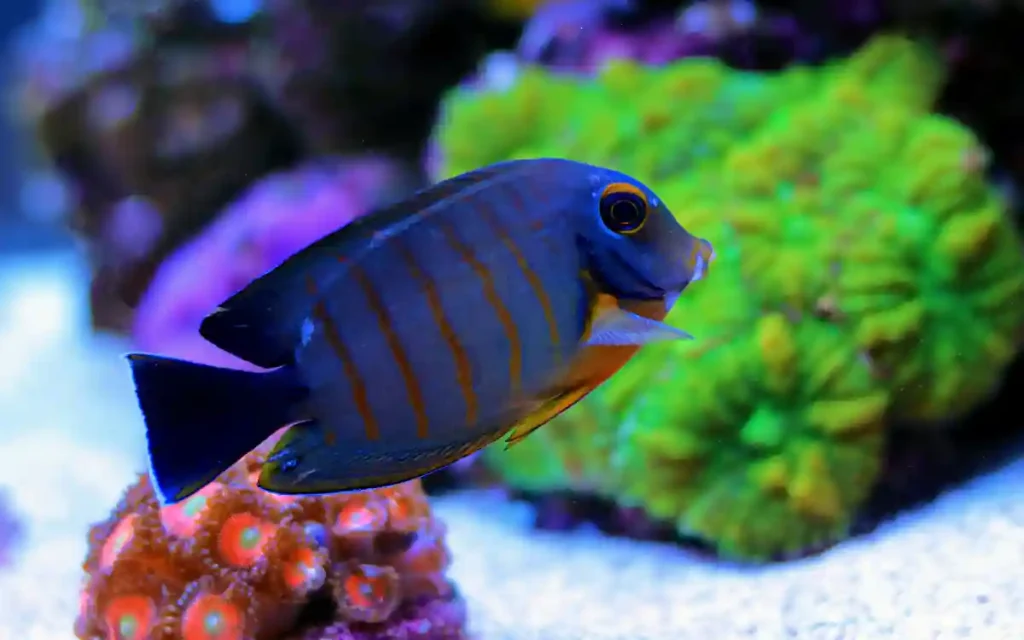
Behavior & Personality
This fish is both smart and slightly dramatic.
They love swimming laps, grazing rocks, and occasionally showing off by flashing their colors. They’re curious but cautious — the kind that pretends not to care that you’re watching but totally does.
When young, you’ll catch them doing their “mimic act,” matching nearby angelfish species in both color and movement. It’s wild to watch. As they mature, they drop the disguise, but they keep the same confident personality.
Pro tip: keep your glass clean — they’ll inspect their reflection and sometimes “flare” at it like it’s an intruder. It’s equal parts funny and ridiculous.
Read also: Emperor Angelfish 101: Care, Lifespan, Facts & More
Health & Common Issues
Mimic Tangs are hardy, but they’re still tangs — which means they’re prone to stress-related illnesses.
Most Common Problems
- Marine Ich (White Spot Disease)
- Triggered by stress or poor water quality.
- Quarantine new fish before adding them.
- Triggered by stress or poor water quality.
- Head and Lateral Line Erosion (HLLE)
- Caused by poor diet, lack of vitamins, or dirty water.
- Use vitamin-soaked seaweed and maintain pristine conditions.
- Caused by poor diet, lack of vitamins, or dirty water.
- Nipping Injuries or Fights
- Too many tangs or small tanks cause aggression wounds.
Regular water changes, strong filtration, and a veggie-rich diet go a long way toward avoiding problems.
If you notice cloudy eyes, loss of color, or torn fins — that’s your early warning system.
Breeding Mimic Tangs
Here’s the deal: breeding these fish at home is nearly impossible. They’re pelagic spawners, meaning they release eggs and sperm into open water, which drift away. You’d need massive space, plankton food sources, and timing luck that borders on witchcraft.
So yeah — enjoy them as stunning display fish instead. 🙂
Tank Maintenance & Environment Tips
- Algae management: Let some algae grow for grazing, but avoid overgrowth.
- Oxygen levels: Use a powerhead or wavemaker — tangs love high O₂.
- Stable salinity: Top off with RO/DI water only.
- Regular cleaning: 20% water changes every 2–3 weeks work wonders.
- Strong filtration: They’re messy eaters (and frequent poopers).
Quick Care Summary
| Category | Requirement |
| Tank Size | 125+ gallons |
| Temperament | Semi-aggressive |
| Diet | Herbivore (algae, seaweed, veggie-based foods) |
| Lighting | Moderate to high |
| Reef Safe | Yes |
| Lifespan | 8–10 years |
| Difficulty | Intermediate |
| Behavior | Active grazer, occasional mimic |
| Max Size | ~10 inches |
Pro Tips from Experience
- Add them last if your tank has other tangs. Avoid territory wars.
- Feed lots of algae-based food. A hungry tang is a cranky tang.
- Give them swimming space. Cramped tanks = instant aggression.
- Use mirrors temporarily if yours gets too territorial — it distracts them from other fish.
- Keep diet varied. Spirulina, nori, veggies, and frozen mixes all help maintain color.
And IMO, if you’ve got the tank space, they’re one of the most rewarding tangs to own. They’re active, colorful, and their “mimic act” as juveniles is pure entertainment.
Common Mistakes to Avoid
- Keeping them in tanks under 100 gallons. They’ll pace like a tiger in a cage.
- Skipping seaweed feeding. Leads to color fading and HLLE.
- Mixing with other Acanthurus species. Too much aggression.
- Ignoring quarantine. Tangs catch ich like magnets.
- Overcleaning algae. Leave some natural graze areas!
Avoid these rookie moves, and your Mimic Tang will become one of your tank’s biggest personalities.
Read also: Red Coris Wrasse Care Guide: Tank Size, Feeding, and Growth
Why People Love Mimic Tangs
Honestly? Because they’re gorgeous, clever, and full of charm. They bring motion and life to any reef tank, all while keeping algae under control.
They’re also one of the few tangs that change dramatically as they age. Watching your little angelfish impostor grow into a sleek adult tang feels like watching your pet level up in real life.
Plus, they’re hardy enough for intermediate hobbyists — not as fragile as Powder Blues or Achilles, but still show-stoppingly beautiful.
Final Thoughts
The Mimic Tang is one of those fish that makes you appreciate how weird and wonderful marine life can be. It starts its life pretending to be someone else, then grows up into a confident, algae-eating powerhouse with personality for days.
If you’ve got the tank space, stable water, and patience to feed plenty of greens, this fish will become the star of your reef.
Just remember — give it room to swim, keep the veggies coming, and it’ll reward you with years of color, activity, and those little moments that remind you why you love this hobby in the first place.

